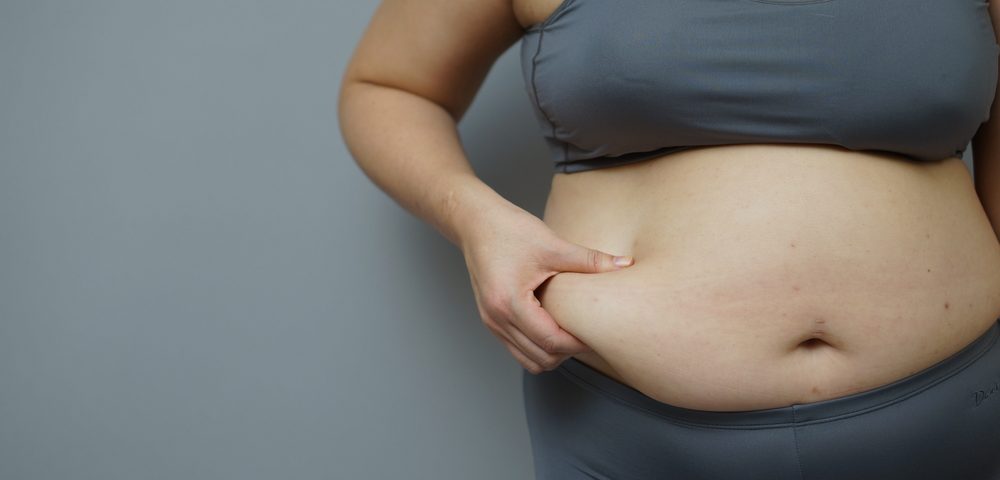While both widespread (subcutaneous) and abdominal (visceral) fat accumulation contribute to breast cancer, the two types of obesity are linked to different subtypes of the disease, a new study from China revealed.
Women who were obese before menopause were also found to have a higher risk of developing breast cancer.
The research, “Distinct Effects of Body Mass Index and Waist/Hip Ratio on Risk of Breast Cancer by Joint Estrogen and Progestogen Receptor Status: Results from a Case-Control Study in Northern and Eastern China and Implications for Chemoprevention,” was published in The Oncologist.
The link between obesity and the risk for several types of cancer, including breast cancer, is well established by more than a decade of scientific research. This reveals a need for effective breast cancer risk reduction strategies, such as dietary modifications and the use of therapies, such as Tamoxifen, which is approved to prevent breast cancer.
However, this drug only works to reduce the risk for estrogen receptor-positive (ER+) breast cancers, and no preventive therapies exist for other breast cancer subtypes.
Prior to the study development, researchers believed that obesity was more strongly related to ER+ breast cancer. But studies suggested that a women’s risk of developing ER+ or ER- breast cancer varied with fat distribution.
To address this, researchers studied 1,316 Han Chinese women recently diagnosed with breast cancer, aged between 25 and 70. Patients were from 21 hospitals in Northern and Eastern China and were compared to a control group of healthy in-patients attending the hospitals for a regular physical examination.
Body mass index (BMI) was used as a measure for subcutaneous fat and waist-hip ratio (WHR) as a measure for visceral fat. Researchers collected the women’s medical history and noted if they had been diagnosed with ER+ or ER- breast cancer. They then assessed if there were any associations between body size and breast cancer risk.
Results showed that women with more subcutaneous fat were more likely to have ER+ breast cancers, especially if they were premenopausal. On the other hand, women with more visceral fat were more likely to have ER- breast cancer, particularly if they had gone through menopause.
“Considering that Tamoxifen cannot prevent ER- breast cancer, women with high WHRs may not benefit,” corresponding author Zhigang Yu at the Second Hospital of Shandong University in China, said in a press release, advising clinicians to evaluate ER+ breast cancer risk in obese women before prescribing Tamoxifen.
“The findings provided by Yu and his colleagues may contribute to improving breast cancer prevention in many countries,” said Eduardo Cazap, director of the Latin America and Caribbean Society of Medical Oncology in Buenos Aires. Cazap is a section editor of The Oncologist and was not involved in the study.

